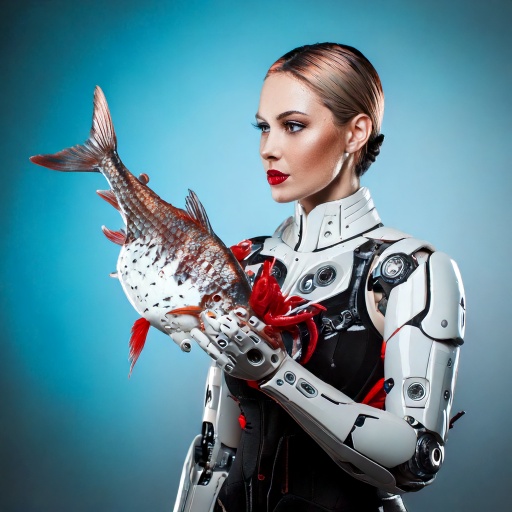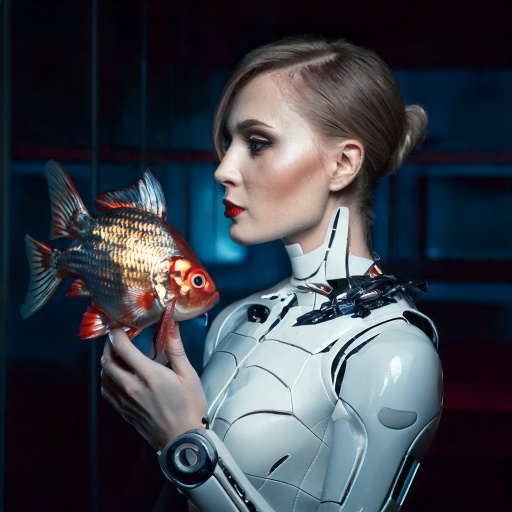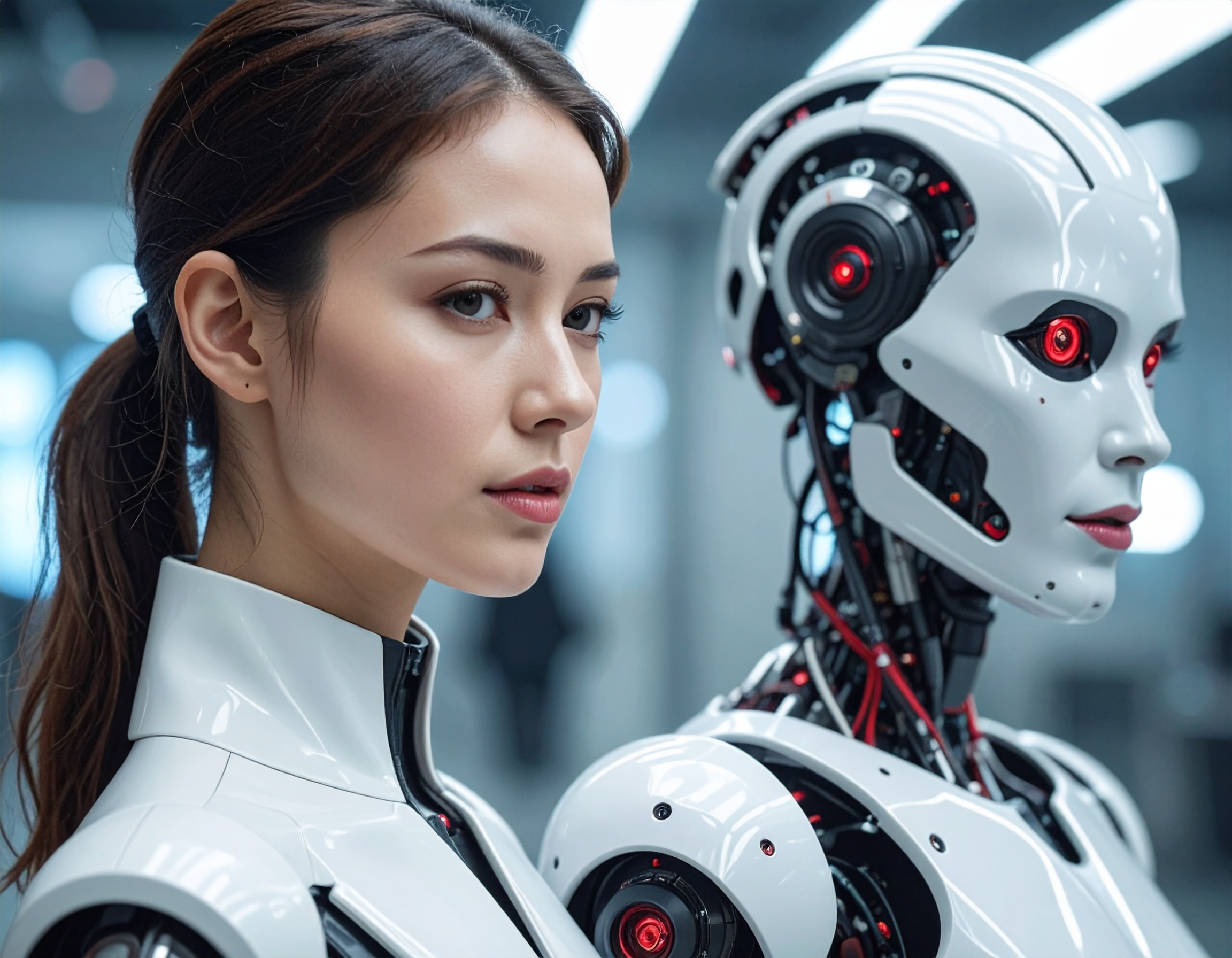Robotic Fish: The Future of Smart Aquaculture

Revolutionizing Fish Farming with Intelligent Agents
On March 31, 2025, researchers at the National Innovation Center for Digital Fishery in Beijing introduced a groundbreaking innovation—robotic fish designed to transform aquaculture. These Intelligent Agents, modeled after real fish like tuna and dolphins, aim to streamline fish farming by automating inspections, reducing labor costs, and improving efficiency.

The Problem with Traditional Fish Farming
Fish farmers traditionally rely on manual inspection of large net cages, a process that is time-consuming and costly. This method can take several days and requires significant human effort. The introduction of robotic fish eliminates the need for constant human intervention, allowing for real-time monitoring and automated fish care.
How Non-Human Workers Improve Efficiency
The first prototypes of robotic fish faced challenges, as their presence caused stress among farmed fish, leading to unusual behavior. Researchers addressed this by designing smaller, streamlined models that move naturally in water. These Non-Human Workers are equipped with:
- Advanced sensors to monitor fish health and water quality
- AI-powered navigation for autonomous movement
- Flexible propulsion systems for realistic swimming motion
With these capabilities, robotic fish can inspect net cages and identify issues without disturbing the aquatic environment.

Beyond Aquaculture: A Future for Digital Employees
The potential of these Digital Employees extends beyond fish farming. Their advanced sensors and AI-driven technology make them useful for deep-sea exploration and environmental monitoring. Unlike traditional underwater robots, robotic fish blend into marine ecosystems without disrupting natural habitats.
A More Sustainable Future for Aquaculture
By integrating intelligent robotics, China’s aquaculture industry has already seen impressive results—managing millions of square meters of fish farms and cutting labor costs by 50%. This technological breakthrough marks a step toward a more sustainable, cost-effective, and intelligent approach to seafood production.

Key Highlights:
- March 31, 2025 – The National Innovation Center for Digital Fishery in Beijing introduced robotic fish for aquaculture.
- Intelligent Agents – Robotic fish designed to automate inspections, reduce labor, and improve fish farming efficiency.
- Traditional Challenges – Manual fish farm inspections take days and require significant human effort.
- Non-Human Workers' Solution – AI-powered robotic fish with sensors and flexible propulsion systems reduce stress on farmed fish.
- Advanced Capabilities – Real-time water quality monitoring, fish health tracking, and autonomous navigation.
- Beyond Fish Farming – Potential applications in deep-sea exploration and marine environmental monitoring.
- Proven Impact – Intelligent aquaculture technology manages millions of square meters of fish farms and cuts labor costs by 50%.
Reference:
https://english.news.cn/20250331/9279d45c24744f2da4d36b6425c387cc/c.html


